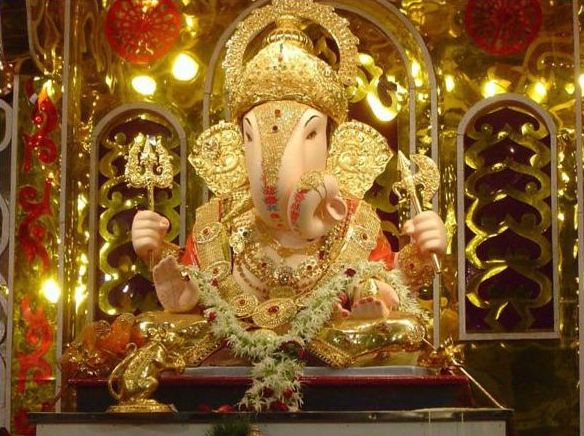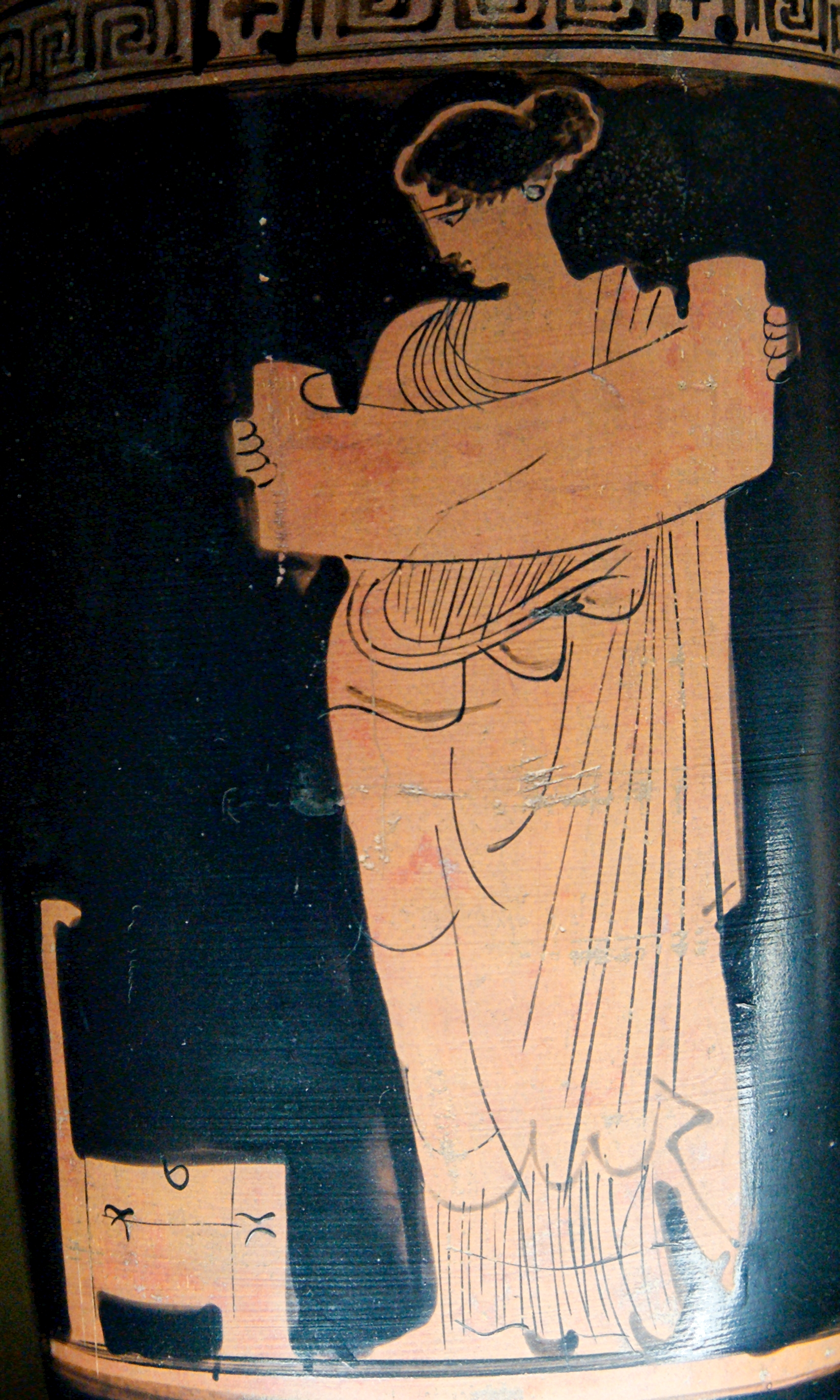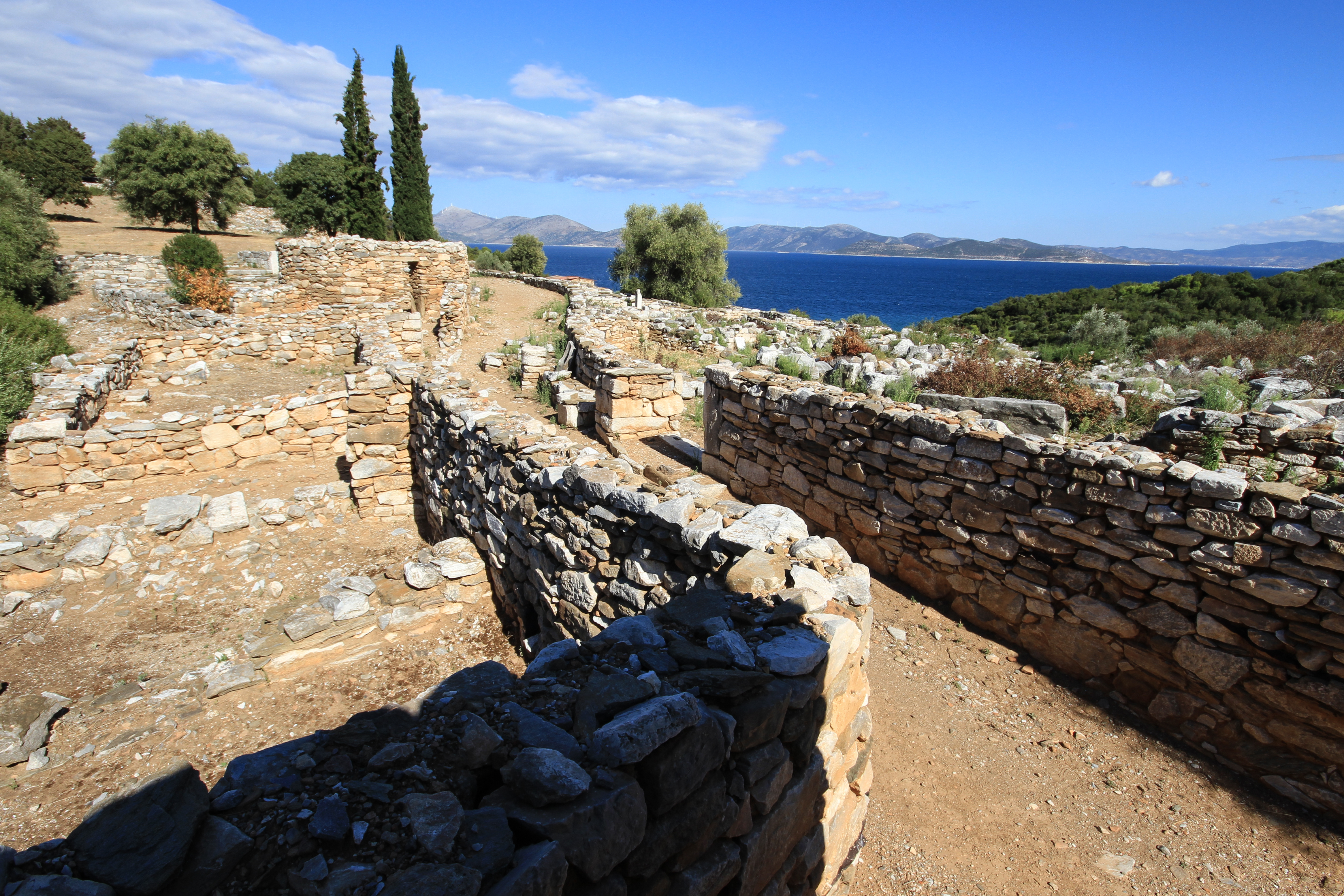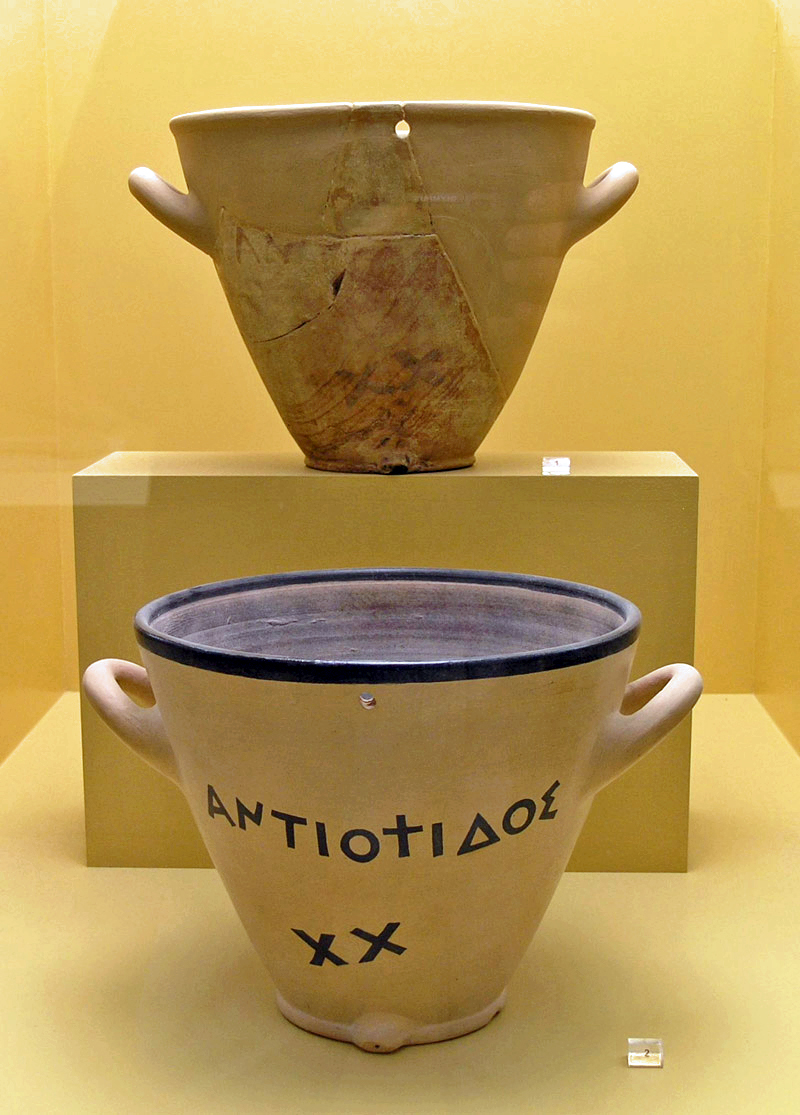|
Amphiareion Of Oropos
The Amphiareion of Oropos (), situated in the hills 6 km southeast of the fortified port of Oropos, was a sanctuary dedicated in the late 5th century BCE to the hero Amphiaraus, Amphiaraos, where pilgrims went to seek oracular responses and healing. It became particularly successful during the 4th century BCE, to judge from the intensive building at the site. The hero Amphiaraos was a descendant of the seer Melampus, Melampos and initially refused to participate in the attack on Thebes, Greece, Thebes (detailed in the ''Seven Against Thebes'' of Aeschylus) because he could foresee that it would be a disaster. In some versions of the myth, the earth opens and swallows the chariot of Amphiaraos, transforming him into a chthonic hero. Today the site is found east of the modern town Markopoulo Oropou in the Oropos municipality of Attica (region), Attica, Greece. The sanctuary is located 37.2 km NNE of Athens at a sacred spring; it contained a temple of Amphiaraos (with an ac ... [...More Info...] [...Related Items...] OR: [Wikipedia] [Google] [Baidu] |
Markopoulo Oropou
Markopoulo Oropou () is a town and a former community of East Attica, Greece. Since the 2011 local government reform it is part of the municipality Oropos, of which it is a municipal unit. The municipal unit has an area of 23.177 km2. Markopoulo Oropou is situated 3 km south of the South Euboean Gulf coast. It is 4 km southeast of Nea Palatia and 35 km north of Athens city center. The municipal unit Markopoulo Oropou consists of the town Markopoulo and the villages Neo Livyssi, Agia Varvara and Bafi. Historical population The village has historically been an Arvanite Arvanites (; Arvanitika: , or , ; Greek: , ) are a population group in Greece of Albanian origin. They are bilingual, traditionally speaking Arvanitika, an Albanian language variety, along with Greek. Their ancestors were first recorded ... settlement. References {{Oropos div Oropos Populated places in East Attica Arvanite settlements ... [...More Info...] [...Related Items...] OR: [Wikipedia] [Google] [Baidu] |
Cult Image
In the practice of religion, a cult image is a Cultural artifact, human-made object that is venerated or worshipped for the deity, Spirit (supernatural entity), spirit or Daimon, daemon that it embodies or represents. In several traditions, including the ancient religions of Ancient Egypt, Egypt, Ancient Greece, Greece and Rome, and Hinduism, cult images in a temple may undergo a daily routine of being washed, dressed, and having food left for them. Processions outside the temple on special feast days are often a feature. Religious images cover a wider range of all types of images made with a religious purpose, subject, or connection. In many contexts "cult image" specifically means the most important image in a temple, kept in an inner space, as opposed to what may be many other images decorating the temple. The term idol is an image or representation of a god used as an object of worship, while idolatry is the worship of an "idol" as though it were God. Ancient Near East and E ... [...More Info...] [...Related Items...] OR: [Wikipedia] [Google] [Baidu] |
Aristophanes
Aristophanes (; ; ) was an Ancient Greece, Ancient Greek Ancient Greek comedy, comic playwright from Classical Athens, Athens. He wrote in total forty plays, of which eleven survive virtually complete today. The majority of his surviving plays belong to the genre of comic drama known as Old Comedy and are considered its most valuable examples. Aristophanes' plays were performed at the religious festivals of Athens, mostly the City Dionysia and the Lenaia, and several of them won the first prize in their respective competitions. Also known as "The Father of Comedy" and "the Prince of Ancient Comedy", Aristophanes wrote plays that often dealt with real-life figures, including Euripides and Alcibiades, and contemporary events, such as the Peloponnesian War. He has been said to recreate the life of ancient Athens more convincingly than any other author. His plays are characterized by preposterous premises, explicit language, wordplays, and political satire. His powers of ridicule ... [...More Info...] [...Related Items...] OR: [Wikipedia] [Google] [Baidu] |
Theodosian Decree , a branch of the Raskolniks
{{Disambig ...
Theodosians can refer to: *The Theodosian dynasty of Roman Emperors In Christianity: *the supporters of Pope Theodosius I of Alexandria *the Feodocci The Schism of the Russian Church, also known as (, , meaning 'split' or 'schism'), was the splitting of the Russian Orthodox Church into an official church and the Old Believers movement in the 1600s. It was triggered by the reforms of Patria ... [...More Info...] [...Related Items...] OR: [Wikipedia] [Google] [Baidu] |
Rhamnous
Rhamnous (; ), also Ramnous or Rhamnus, was an ancient Greek city in Attica situated on the coast, overlooking the Euboean Strait. Its ruins lie northwest of the modern town of Agia Marina in the municipality of Marathon. The site was best known in antiquity for its sanctuary of Nemesis, the implacable avenging goddess, her most important in ancient Greece. Rhamnous is the best-preserved Attic deme site. It was strategically significant on the sea routes and was fortified with an Athenian garrison of '' ephebes'' (young men). A fortified acropolis dominates the two small harbours located on either side of it which have silted up extensively since antiquity, and into which grain was imported for Athens during the Peloponnesian War. It derived its name from Buckthorn, a thick prickly shrub, which still grows upon the site. Location Rhamnus was situated on the east coast of Attica. The town occupied a small plain 3 miles (5 km) wide, atop a rocky peninsula surrounded b ... [...More Info...] [...Related Items...] OR: [Wikipedia] [Google] [Baidu] |
Water Clock
A water clock, or clepsydra (; ; ), is a timepiece by which time is measured by the regulated flow of liquid into (inflow type) or out from (outflow type) a vessel, and where the amount of liquid can then be measured. Water clocks are some of the oldest time-measuring instruments. The simplest form of water clock, with a bowl-shaped outflow, existed in Babylon, Egypt, and Persia around the 16th century BC. Other regions of the world, including India and China, also provide early evidence of water clocks, but the earliest dates are less certain. Water clocks were used in ancient Greece and in ancient Rome, as described by technical writers such as Ctesibius (died 222 BC) and Vitruvius (died after 15 BC). Designs A water clock uses the flow of water to measure time. If viscosity is neglected, the physical principle required to study such clocks is Torricelli's law. Two types of water clock exist: inflow and outflow. In an outflow water clock, a container is filled with wate ... [...More Info...] [...Related Items...] OR: [Wikipedia] [Google] [Baidu] |
Histories (Herodotus)
The ''Histories'' (, ''Historíai''; also known as ''The History'') of Herodotus is considered the founding work of history in Western literature. Although not a fully impartial record, it remains one of the West's most important sources regarding these affairs. Moreover, it established the genre and study of history in the Western world (despite the existence of historical records and chronicles beforehand). ''The'' ''Histories'' also stands as one of the earliest accounts of the rise of the Achaemenid Empire, Persian Empire, as well as the events and causes of the Greco-Persian Wars between the Persian Empire and the Polis, Greek city-states in the 5th century BC. Herodotus portrays the conflict as one between the forces of slavery (the Persians) on the one hand, and freedom (the Athenians and the confederacy of Greek city-states which united against the invaders) on the other. ''The Histories'' was at some point divided into the nine scroll, books that appear in modern editions ... [...More Info...] [...Related Items...] OR: [Wikipedia] [Google] [Baidu] |
Croesus
Croesus ( ; ; Latin: ; reigned: ) was the Monarch, king of Lydia, who reigned from 585 BC until his Siege of Sardis (547 BC), defeat by the Persian king Cyrus the Great in 547 or 546 BC. According to Herodotus, he reigned 14 years. Croesus was renowned for his wealth; Herodotus and Pausanias (geographer), Pausanias noted that his gifts were preserved at Delphi. The fall of Croesus had a profound effect on the Greeks, providing a fixed point in their calendar. "By the fifth century at least", James Allan Stewart Evans, J. A. S. Evans has remarked, "Croesus had become a figure of myth, who stood outside the conventional restraints of chronology." Name The name of Croesus was not attested in contemporary inscriptions in the Lydian language. In 2019, D. Sasseville and K. Euler published a research of Lydian coins apparently minted during his rule, where the name of the ruler was rendered as ''Qλdãns''. The name comes from the Latin language, Latin transliteration of the Greek ... [...More Info...] [...Related Items...] OR: [Wikipedia] [Google] [Baidu] |
Herodotus
Herodotus (; BC) was a Greek historian and geographer from the Greek city of Halicarnassus (now Bodrum, Turkey), under Persian control in the 5th century BC, and a later citizen of Thurii in modern Calabria, Italy. He wrote the '' Histories'', a detailed account of the Greco-Persian Wars, among other subjects such as the rise of the Achaemenid dynasty of Cyrus. He has been described as " The Father of History", a title conferred on him by the ancient Roman orator Cicero, and the " Father of Lies" by others. The ''Histories'' primarily cover the lives of prominent kings and famous battles such as Marathon, Thermopylae, Artemisium, Salamis, Plataea, and Mycale. His work deviates from the main topics to provide a cultural, ethnographical, geographical, and historiographical background that forms an essential part of the narrative and provides readers with a wellspring of additional information. Herodotus was criticized in his times for his inclusion of "legends an ... [...More Info...] [...Related Items...] OR: [Wikipedia] [Google] [Baidu] |
Incubation (ritual)
Incubation is the religious practice of sleeping in a sacred area with the intention of experiencing a divinely inspired dream or cure. Incubation was practised by many ancient cultures. In perhaps the most well known instance among the Hebrews, found in 1 Kings 3, Solomon went to Gibeon "because that was the most renowned high place to offer sacrifices." There "the appeared to Solomon in a dream at night," and Solomon asked God for the gift of an understanding heart. Among the members of the cult of Asclepius, votive offerings found at ritual centres at Epidaurus, Pergamum, and Rome detail the perceived effectiveness of the method. Incubation was adopted by certain Christian sects and is still used in a few Greek monasteries. Modern practices for influencing dream content by dream incubation use more research-driven techniques, but sometimes they incorporate elements reflecting ancient beliefs. A form of incubation was also used by the iatromantes of the ancient Greeks. ... [...More Info...] [...Related Items...] OR: [Wikipedia] [Google] [Baidu] |
Pausanias (geographer)
Pausanias ( ; ; ) was a Greek traveler and geographer of the second century AD. He is famous for his '' Description of Greece'' (, ), a lengthy work that describes ancient Greece from his firsthand observations. ''Description of Greece'' provides crucial information for making links between classical literature and modern archaeology, which is providing evidence of the sites and cultural details he mentions although knowledge of their existence may have become lost or relegated to myth or legend. Biography Nothing is known about Pausanias apart from what historians can piece together from his own writing. However, it is probable that he was born into a Greek family and was probably a native of Lydia in Asia Minor. From until his death around 180, Pausanias travelled throughout the mainland of Greece, writing about various monuments, sacred spaces, and significant geographical sites along the way. In writing his '' Description of Greece'', Pausanias sought to put together ... [...More Info...] [...Related Items...] OR: [Wikipedia] [Google] [Baidu] |





